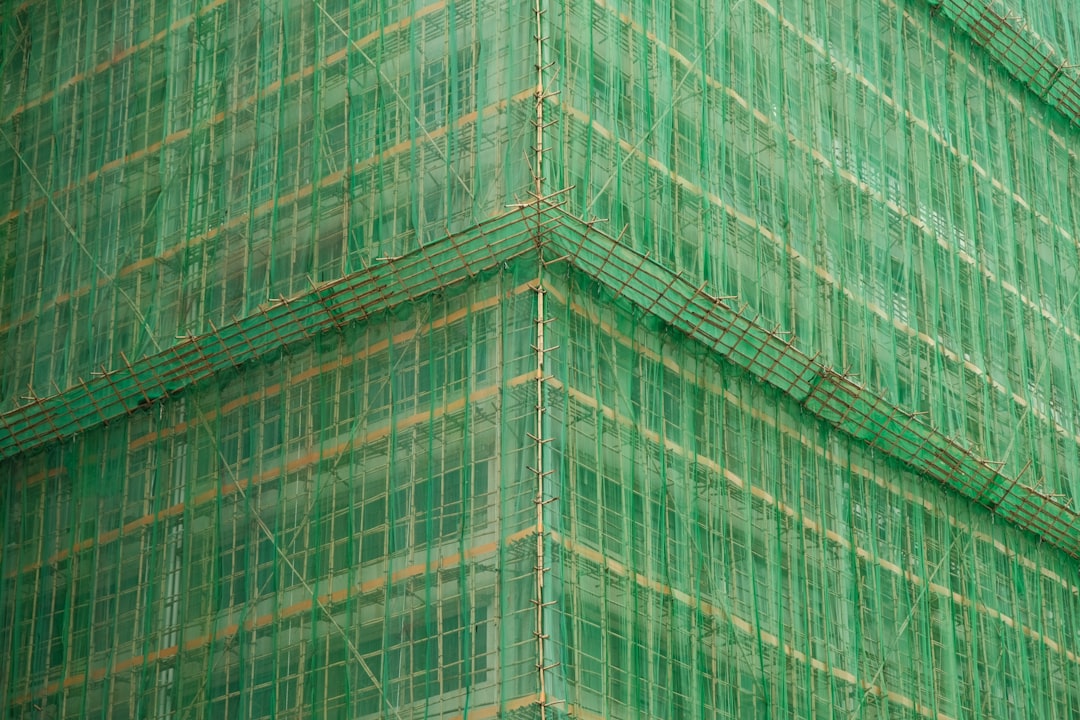The Real-World Cost of a Sump Pump Installation
For construction professionals, understanding the cost of sump pump installation is crucial for accurate project budgeting. On average, a basic sump pump replacement ranges from $650 to $1,200, while a first-time installation with pit excavation can cost between $1,800 and $3,500. Properties with high water tables or additional features like backup pumps may see costs exceed $5,000. Accurate cost estimation is essential to avoid overestimating and ensure project profitability.
Key Factors Influencing Sump Pump Pricing
- Pump Type: Pedestal models are more budget-friendly, whereas submersible pumps, though pricier, handle larger volumes.
- Capacity and Horsepower: A 1/3 HP unit is suitable for many spaces, while 1/2 HP or higher is needed for deeper pits.
- Pit Excavation: Costs for cutting through floors and debris disposal can match or exceed pump hardware costs.
- Electrical Upgrades: Installing a dedicated GFCI outlet or battery backup is essential for compliance and functionality.
- Discharge Line Routing: Longer trenching increases labor costs significantly.
Average Residential Price Ranges
Based on extensive data, a straightforward replacement costs between $650 and $1,200. A comprehensive installation with excavation and discharge can range from $1,800 to $3,500. High-water-table properties with additional features may exceed $5,000. CountBricks' AI estimator provides real-time adjustments based on local labor rates and material costs. Learn more at CountBricks.com.
Hidden Costs Often Overlooked
- Flooring repair post-excavation
- Permit fees and inspections
- Temporary dewatering during installation
- Backup systems for insurance compliance
- Maintenance contracts to protect warranties
Precision Estimation with CountBricks
Four Ways CountBricks Enhances Accuracy
- Voice-to-Estimate Technology: Discuss site specifics and see instant line item generation.
- Live Material Feeds: Syncs with suppliers for current pricing on components.
- Task-Based Labor Libraries: Tracks productivity for precise cost adjustments.
- Ready-to-Send Proposals: Auto-fills client details for quick proposal generation.
Step-by-Step Budgeting with CountBricks
- Initiate a voice session in the app.
- Describe the basement and drainage setup.
- Choose the pump type.
- Confirm discharge and electrical needs.
- Review the AI-generated estimate.
- Convert to an invoice upon client approval.
Choosing the Right Pump and Contractor
Proper installation is key. CountBricks-certified contractors ensure:
- Correct pit sizing
- Properly sloped discharge lines
- Code-compliant backflow prevention
- Post-install moisture testing
Pro Tips from CountBricks Field Teams
- Test pumps biannually.
- Install a high-water alarm.
- Ensure battery backup for power outages.
Return on Investment: Beyond a Dry Basement
A well-installed sump pump protects valuable assets and can increase home value by 5-10%. The investment often pays for itself upon resale.
Next Steps
Ready to optimize your project budget? Schedule a consultation at CountBricks.com for a detailed estimate.
CountBricks Case Snapshot: Nashville Basement Rescue
A Nashville homeowner faced flooding issues and needed a quick solution. CountBricks provided a comprehensive estimate and executed the project efficiently.
How the Estimate Unfolded
- Minute 1: Client described a 1,200 sq ft home with no existing pit.
- Minute 4: Recommended a 1/2 HP submersible pump and 35 ft discharge line.
- Minute 6: Total cost estimated at $2,740, including all necessary components.
- Minute 8: Proposal generated with scope and timeline.
Execution Highlights
- Crew arrived within 48 hours.
- Pit installed in one day.
- Electrical work completed on day two.
- Project finalized on day four.
Results
- No water intrusion in subsequent storms.
- Reduced insurance premiums.
- Increased home value by $15,000.
Why This Matters for Your Project
This case highlights the importance of timely and accurate estimates. CountBricks provides clarity and confidence for your construction projects. Explore more at CountBricks.com.

